Tequeo | she/her | ESP/ENG/PT | Mostly LoZ &; Linked Universe | ART BLOG | 🇻🇪
Don't wanna be here? Send us removal request.
Text

thinking fondly of this meme I made for a coworker years and years ago
23K notes
·
View notes
Text






so they were both in hyrule warriors (kind of) and i never get to see them interact even tho it would be objectively really funny and or possibly cute
2K notes
·
View notes
Text
HAPPY THIRD EVER INTERNATIONAL AROMANTIC VISIBILITY DAY
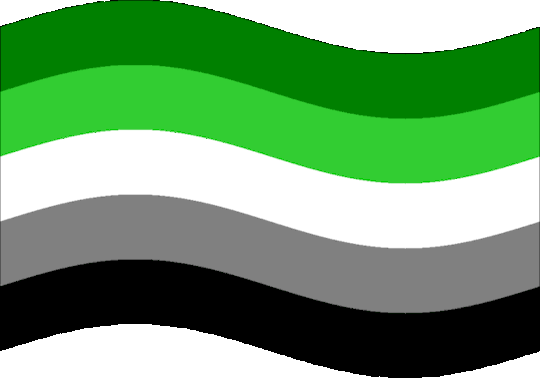
(5th of June)

8K notes
·
View notes
Text
What is a ‘wug’?
If you’ve been to linguist tumblr (lingblr), you might have stumbled upon this picture of a funny little bird or read the word ‘wug’ somewhere. But what exactly is a ‘wug’ and where does this come from?
The ‘wug’ is an imaginary creature designed for the so-called ‘wug test’ by Jean Berko Gleason. Here��s an illustration from her test:
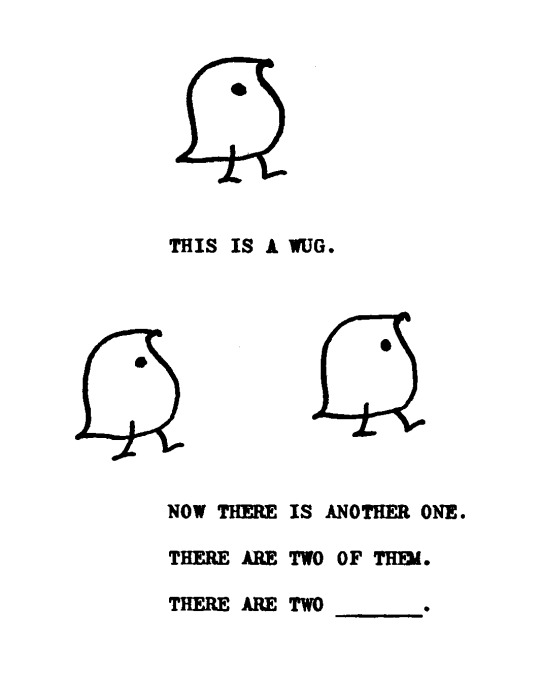
“Gleason devised the Wug Test as part of her earliest research (1958), which used nonsense words to gauge children’s acquisition of morphological rules—for example, the “default” rule that most English plurals are formed by adding an /s/, /z/ or /ɨz/ sound depending on the final consonant, e.g., hat–hats, eye–eyes, witch–witches. A child is shown simple pictures of a fanciful creature or activity, with a nonsense name, and prompted to complete a statement about it:
This is a WUG. Now there is another one. There are two of them. There are two ________.
Each “target” word was a made-up (but plausible-sounding) pseudoword, so that the child cannot have heard it before. A child who knows that the plural of witch is witches may have heard and memorized that pair, but a child responding that the plural of wug (which the child presumably has never heard) is wugs (/wʌgz/, using the /z/ allomorph since “wug” ends in a voiced consonant) has apparently inferred (perhaps unconsciously) the basic rule for forming plurals.
The Wug Test also includes questions involving verb conjugations, possessives, and other common derivational morphemes such as the agentive -er (e.g. “A man who ‘zibs’ is a ________?”), and requested explanations of common compound words e.g. “Why is a birthday called a birthday?“ Other items included:
This is a dog with QUIRKS on him. He is all covered in QUIRKS. What kind of a dog is he? He is a ________ dog.
This is a man who knows how to SPOW. He is SPOWING. He did the same thing yesterday. What did he do yesterday? Yesterday he ________.
(The expected answers were QUIRKY and SPOWED.)
Gleason’s major finding was that even very young children are able to connect suitable endings—to produce plurals, past tenses, possessives, and other forms—to nonsense words they have never heard before, implying that they have internalized systematic aspects of the linguistic system which no one has necessarily tried to teach them. However, she also identified an earlier stage at which children can produce such forms for real words, but not yet for nonsense words—implying that children start by memorizing singular–plural pairs they hear spoken by others, then eventually extract rules and patterns from these examples which they apply to novel words.
The Wug Test was the first experimental proof that young children have extracted generalizable rules from the language around them, rather than simply memorizing words that they have heard, and it was almost immediately adapted for children speaking languages other than English, to bilingual children, and to children (and adults) with various impairments or from a variety of cultural backgrounds. Its conclusions are viewed as essential to the understanding of when and how children reach major language milestones, and its variations and progeny remain in use worldwide for studies on language acquisition. It is “almost universal” for textbooks in psycholinguistics and language acquisition to include assignments calling for the student to carry out a practical variation of the Wug Test paradigm. The ubiquity of discussion of the wug test has led to the wug being used as a mascot of sorts for linguists and linguistics students.”
Here are some more illustrations from the original wug test:
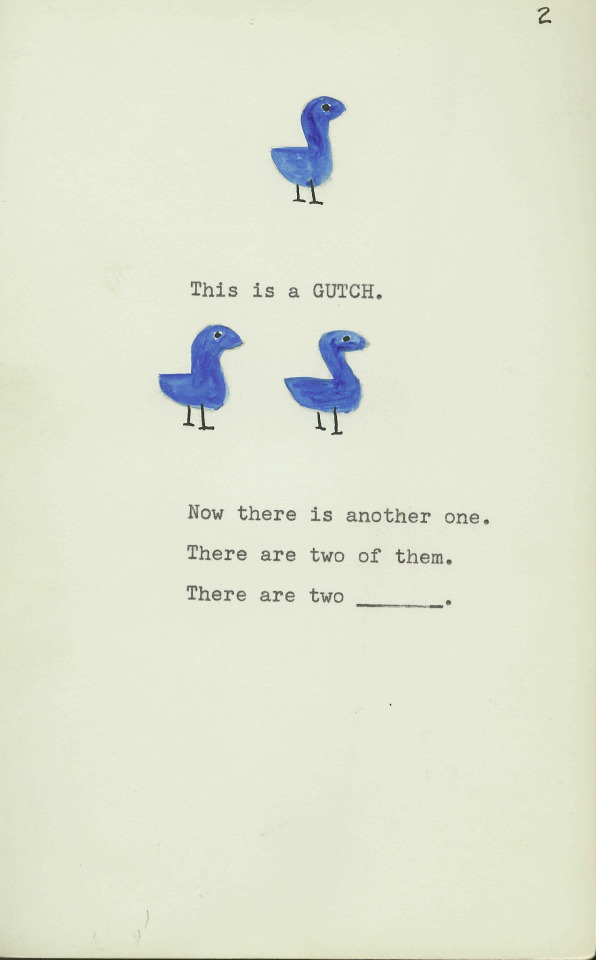
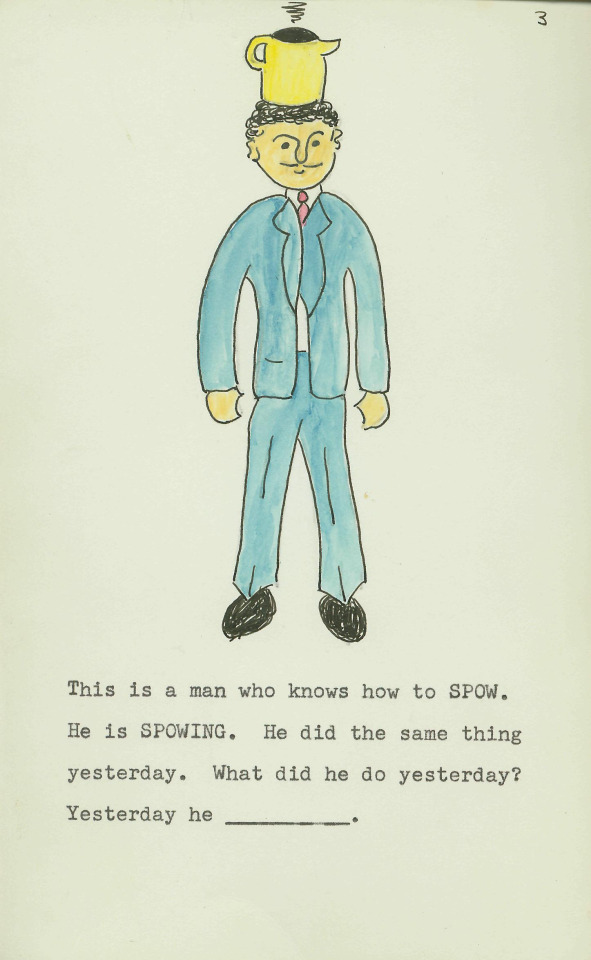
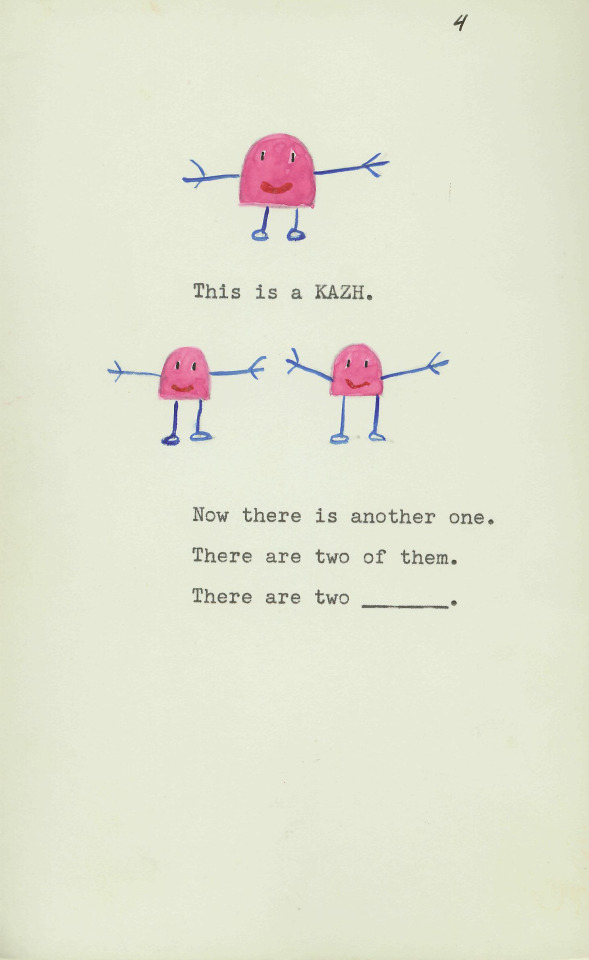
Sources:
Wikipedia, All Things Linguistic
19K notes
·
View notes
Text
When you’re on your way home from the club but one of you almost died
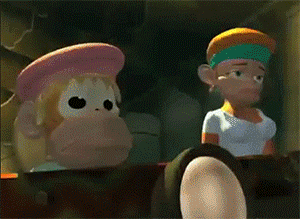
758K notes
·
View notes
Text
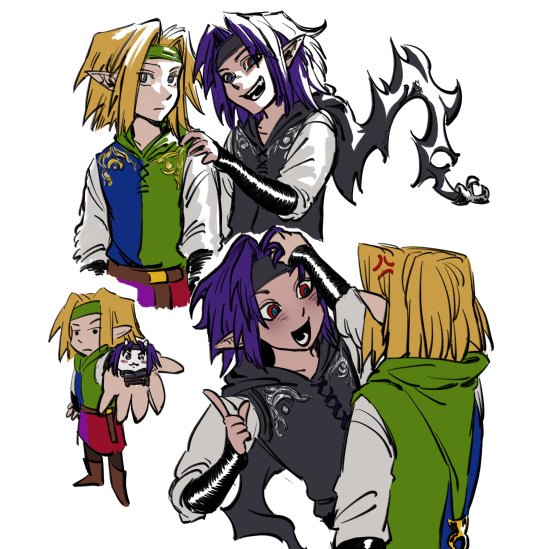
Four has invaded my brain again, ft. Shadow
2K notes
·
View notes
Text
46K notes
·
View notes
Text
13K notes
·
View notes
Text

Dungeon depths
830 notes
·
View notes
Text

this randomly blew up on twitter so i figured i’d post it here bc lord knows everyone on this app is neurodivergent
#I usually say this for the haha's#But this time “it's literally me” in a serious way#It's literally 11:30 pm rn and i did not do anything i wanted to do#I fear tomorrow will be the same
67K notes
·
View notes










